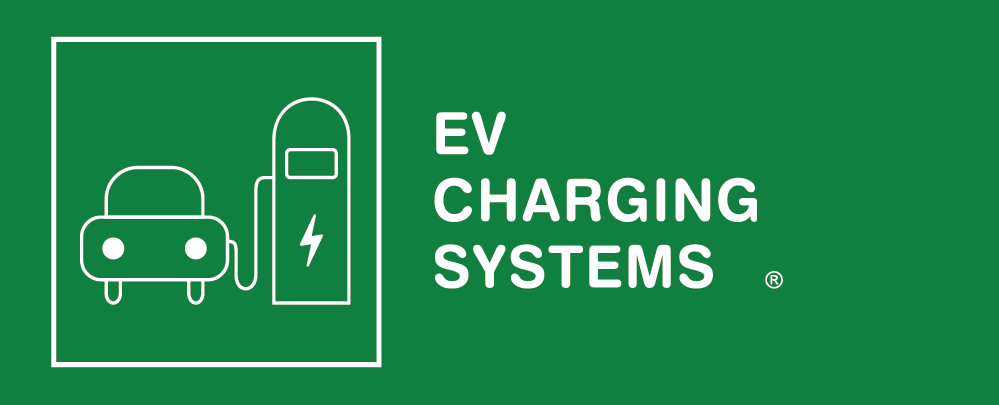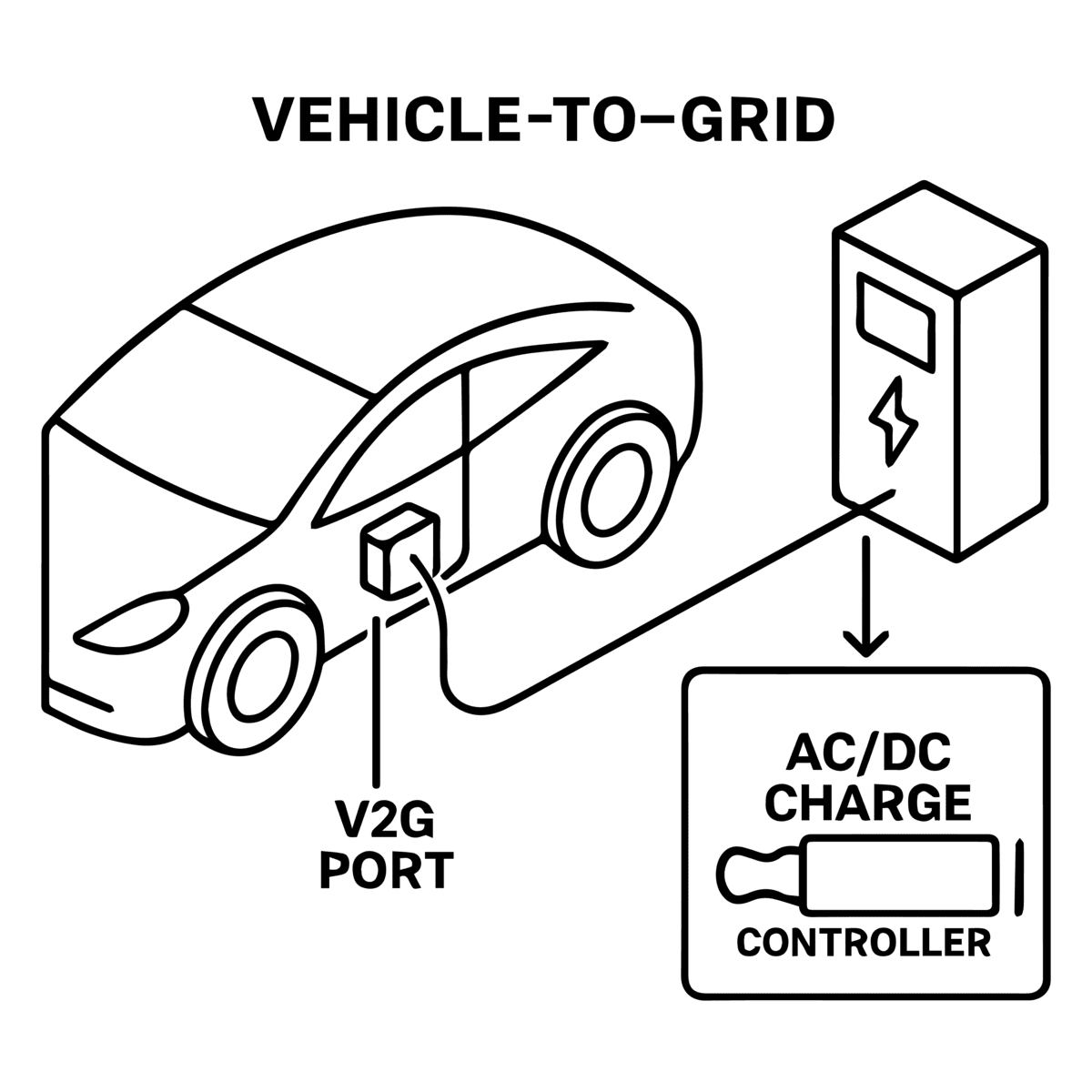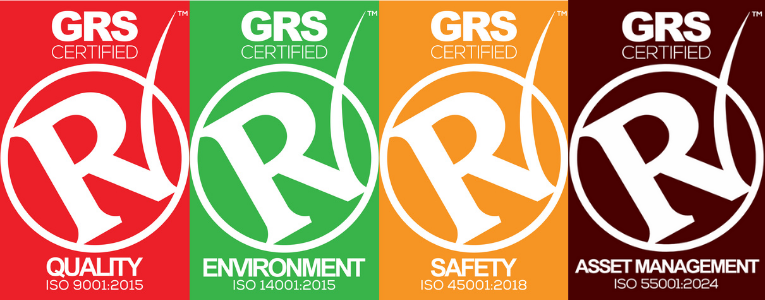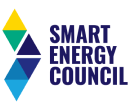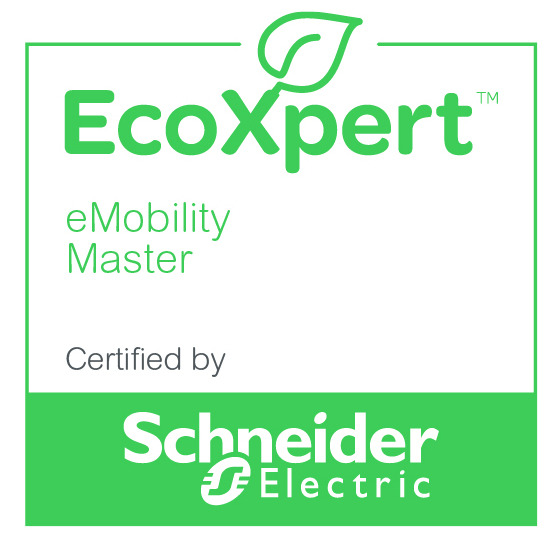Vehicle-to-grid charging is an innovative energy solution that allows you to draw from the grid and supply power to it. Unlike traditional charging, V2G uses a two-way system. This means you can charge your EV and send power stored in the battery back to your grid or home.
Also known as bidirectional charging, V2G stands to revolutionise the energy market in Australia and the world.
Here, we’ll cover what V2G charging is, how the technology is progressing, and how it could change the future of energy.
What Is Vehicle-to-Grid Charging?
V2G is known as bidirectional charging because it works two ways. Standard EV chargers can only send electricity into an electric vehicle’s battery.
V2G charging enables an EV to both charge and discharge. This essentially turns your EV into a “battery on wheels”, enabling it to share stored energy back to the power grid.
How Does V2G Work?
Here is a simple breakdown of how vehicle-to-grid charging works:
- Your electric vehicle’s battery is charged via the grid or power from your rooftop solar system. Excess energy can be stored in the EV’s battery
- Unlike standard charging, V2G capable chargers enable two-way power . An inverter converts the battery’s stored direct current (DC) power into alternating current (AC,) which is used by the grid.
- EVs are designed to charge when grid demand is low, such as during nighttime hours or when extra renewable energy is available.
- V2G-capable EVs receive signals from the power grid about energy needs. This excess energy can be sent back to the grid during high demand or used to power your home’s essentials, such as lights
- Exporting excess energy back to the grid can result in financial incentives, such as credits or reduced charging costs
What Are the Benefits of Vehicle-to-Grid Charging?
Potential benefits of Vehicle to Grid Charging include:
- Supporting Renewable Energy: V2G enables excess energy generated from renewable energy to be stored. When needed, this store energy can be released, supporting renewable energy and helping support environmentally friendly efforts.
- Increased Grid Stabilisation: V2G technology could allow electric vehicle batteries to store energy when it’s plentiful and release it as needed. This can help balance the system and increase grid stabilisation.
- Backup Power and Increased Energy Independence: V2G can provide homeowners with backup power during outages. Vehicle-to-grid charging technology also allows stored energy generated by solar panels to be used at night. These options provide homeowners with added peace of mind and energy independence.
- Financial Incentives: V2G allows excess power to be discharged back to the grid to help meet demands. Homeowners can sell this excess energy back to the grid to earn money or credits
- Peak Demand Management: By supplying power back to the grid during peak demand, V2G can help manage strain on the grid.
Key Drawbacks to Consider for Vehicle to Grid Charging
V2G is an exciting technology but there are some drawbacks to be aware of, such as:
- High Up Front Cost: V2G chargers involve high initial costs
- Concerns About Battery Wear and Tear: Some individuals have raised concerns about shortened battery lifespan due to increased battery cycling. However, further research is needed about V2G’s effects on EV batteries.
- Regulatory Restrictions: Energy authorities are working on reducing restrictions that are hindering the approval process. By streamlining the standards, compliance requirements will be clearer for installers and consumers. Still, there are numerous restrictions and complex regulations to be aware of, such as grid connection requirements and varying state regulations.
What Are the Key Requirements to Facilitate V2G Charging?
Key requirements for V2G charging include:
- V2G Capable EV: Not all electric vehicles support Vehicle-to-Grid charging technology
- Bidirectional Charger: You need a special charger that supports 2-way power flow
- Network Connection: The vehicle must be connected to the grid network for power to be exported back
- Regulatory Approval: Compatibility with local grid standards and regulations is necessary
Where V2G Stands Today
Vehicle-to-Grid charging technology is progressing, but is not widely available yet. Several changes need to be implemented for vehicle-to-grid charging to become mainstream, including:
- Wide-Scale Participation: Consumers need to be willing to participate in V2G charging on a large scale
- Increased EV Availability: More electric vehicles need to be available that support CCS2-based vehicle-to-grid charging technology. Some carmakers are working toward manufacturing V2G-ready vehicles but the current options are limited.
- State Approval: V2G technology must be approved by each state’s energy distributor. AS/NZS4777.2 standards are being reviewed and updated. V2G chargers need to be on the Clean Energy Council’s Approved list of inverters and meet the AS/NZS4777.2 standard. No V2G chargers are currently certified, but brands are in the process of getting certified to launch.
Future of V2G Charging
Bidirectional EV charging is an innovative technology that is revolutionising how Australians store electricity. We’re excited to see where the future of Vehicle-to-Grid charging will take Australia and the world.
If you have questions about V2G charging, we’d be happy to talk with you. At EV Charging Systems, we stay up-to-date on all the advances in the energy industry to ensure we can keep our customers informed as well. .
